I always suspected I disliked Jeff Koons, until I saw one of his monumental pieces at Frieze London a few years ago. Then it was confirmed. Cynicism seemed to ooze out of every millimetre of his vast, shiny sculpture. It was vividly apparent that this artwork wasn’t about beauty or transcendence or emotion. It was about money.
Don Thompson’s The Orange Balloon Dog (the title is taken from the name of a Koons piece) is ostensibly about the contemporary art market. He details recent auctions, using the autumn 2014 sales — where buyers spent $1.7 billion in two days at Sotheby’s and Christie’s — as his starting point. But, as the subtitle would suggest, this is really a book about money: who has it, where they spend it, how they hide it. The same names crop up again and again: the artists Andy Warhol, Jeff Koons and Damien Hirst; the dealers Larry Gagosian, who ‘accounts for about 2 per cent of the world contemporary art market’, David Zwirner and Iwan Wirth; and the collectors Peter Brant, Eli Broad and Steven Cohen. (Note the male dominance; this is largely a testosterone-run game.)
The sums involved are extraordinary: $81.9 million for a Warhol ‘Elvis’ here, $135 million for a Klimt there. Sheikha al-Mayassa al-Thani of Qatar, chair of the Qatar Museums Authority and sister of the Emir, is said to have an acquisition budget of $1 billion per annum for her glittering new 995,000-square foot gallery in Doha Bay. The Centre Pompidou’s budget, by contrast, is $4 million per year.
When there’s this much cash floating around, corruption is bound to follow hot on its heels. But the art market is a shady world, unaccountable in the same way that stock or funds are. Thompson takes us on a tour of ‘free ports’, large warehouses on airstrips in Switzerland and China, where art can be stored in a stateless zone, exempt from the usual taxes. Multi-million-dollar deals can take place in these no-man’s-lands, without any party setting foot on the country’s official soil. The Nahmad brothers are thought to have 4,500 pieces, collectively worth $3 billion, at the Geneva Free Port.
Other chapters deal with fraud and looting. Many readers will be familiar with stories of Nazi-seized art; less well known are the cases Thompson explores of Stasi plundering, and confiscations by the post-revolution Cuban government. We meet Olga Lengyel, an Auschwitz survivor and the author of Five Chimneys (which inspired Sophie’s Choice), who moved to Havana in 1954. She took with her a collection of art that included works by Picasso, Degas and Van Gogh. These were left behind when she fled the revolution in 1960 and are thought to have been seized. Some of the paintings have not been seen for 50 years.
But more shocking than these anomalies is the regular, almost humdrum, gaming of the market that occurs every day. The small number of buyers and sellers who operate in the top 1 per cent of the art market — a number that hovers around 150, according to Sotheby’s and Christie’s estimates — are capable of creating financial bubbles that can expand and pop, with knock-on effects for the rest of the world. Dealers ‘flip’ pictures for vast profits; the same painting rises and plummets in price by millions of dollars; galleries go bust and artists are left unrepresented. Thompson doesn’t go this far, but one is left wondering whether it is a coincidence that Koons’s sculptures often look like giant balloons — a wry comment by the artist on the bubble that each of his works creates?
A chapter about the collaborations between artists and fashion houses — Takashi Murakami and Louis Vuitton, or Damien Hirst and Levi jeans — serves, perhaps inadvertently, to emphasise the Emperor’s New Clothes-ness of the entire enterprise. Thompson quotes the 19th-century economist Thorstein Veblen: ‘Luxury is a form of waste designed to confer status on an essentially useless class of people.’
While documenting these acts of greed, deception and manipulation, Thompson remains remarkably unmoralistic. His cool eye appraises without judging. There are problems with the book, however, aside from the ethical squeamishness one feels. It is excessively concerned with America. London gets a few passing mentions as an art centre, but most of the case studies and artists discussed fall within the US. And, of course, it is already out of date. Thompson stops in late 2016; but in November 2017, Leonardo’s ‘Salvator Mundi’ was sold for $400 million, making it the most expensive artwork of all time. Amazingly, it’s an Old Master. Has the contemporary art market bubble burst at last? After reading this fascinating, eye-opening survey, one can’t help but hope so.
Got something to add? Join the discussion and comment below.
Get 10 issues for just $10
Subscribe to The Spectator Australia today for the next 10 magazine issues, plus full online access, for just $10.
You might disagree with half of it, but you’ll enjoy reading all of it. Try your first month for free, then just $2 a week for the remainder of your first year.

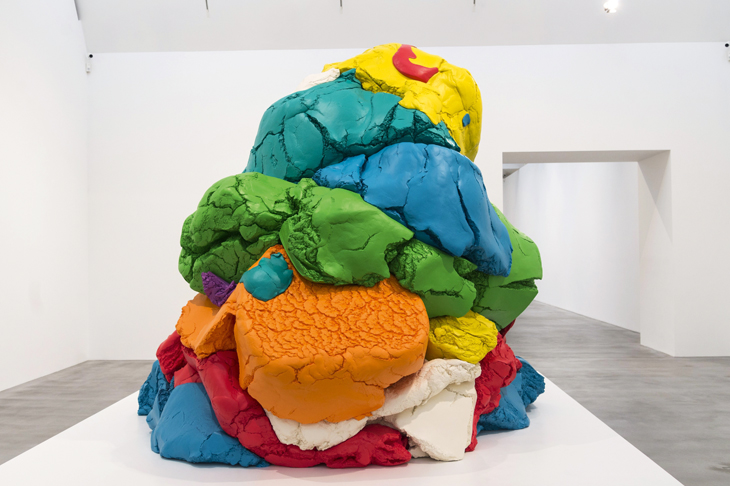
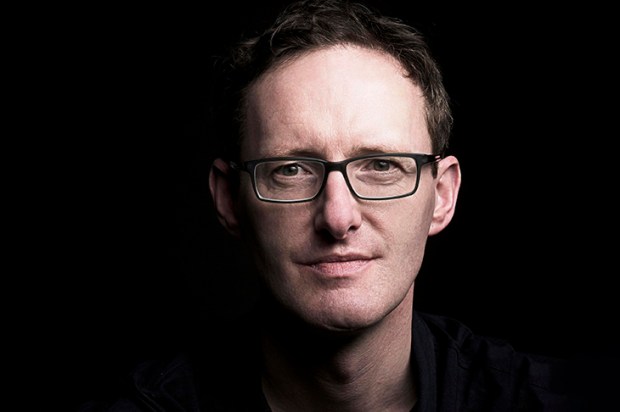
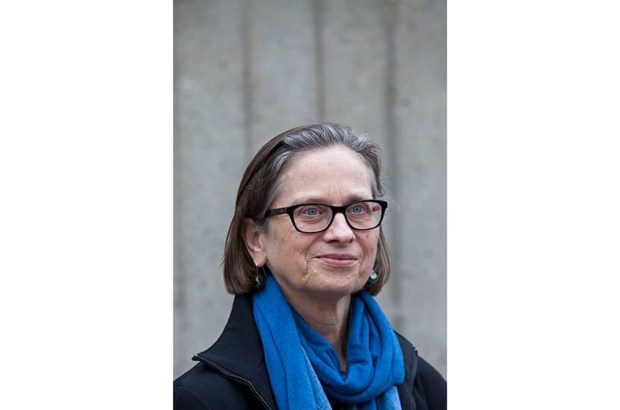
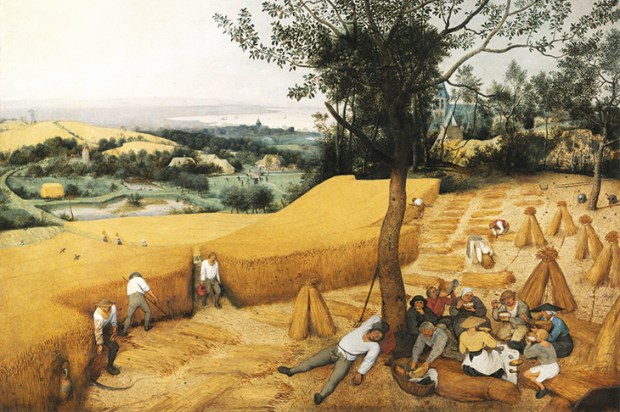
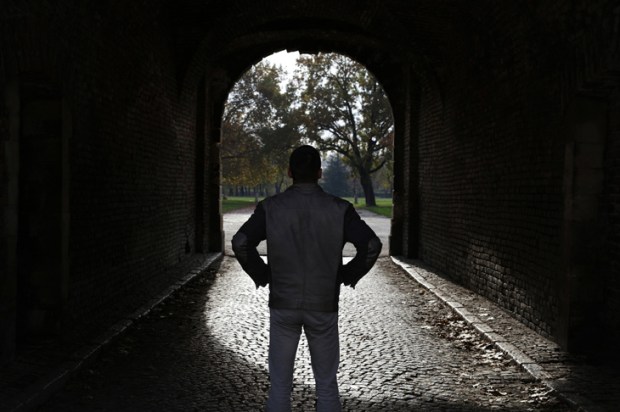
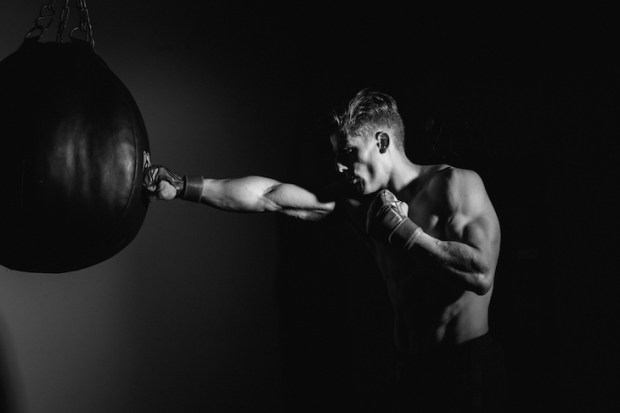
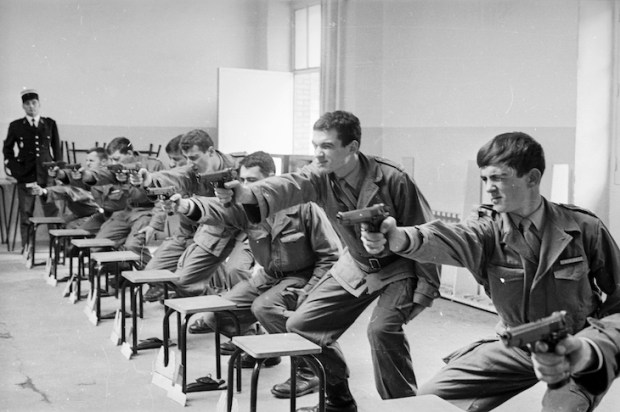






Comments
Don't miss out
Join the conversation with other Spectator Australia readers. Subscribe to leave a comment.
SUBSCRIBEAlready a subscriber? Log in